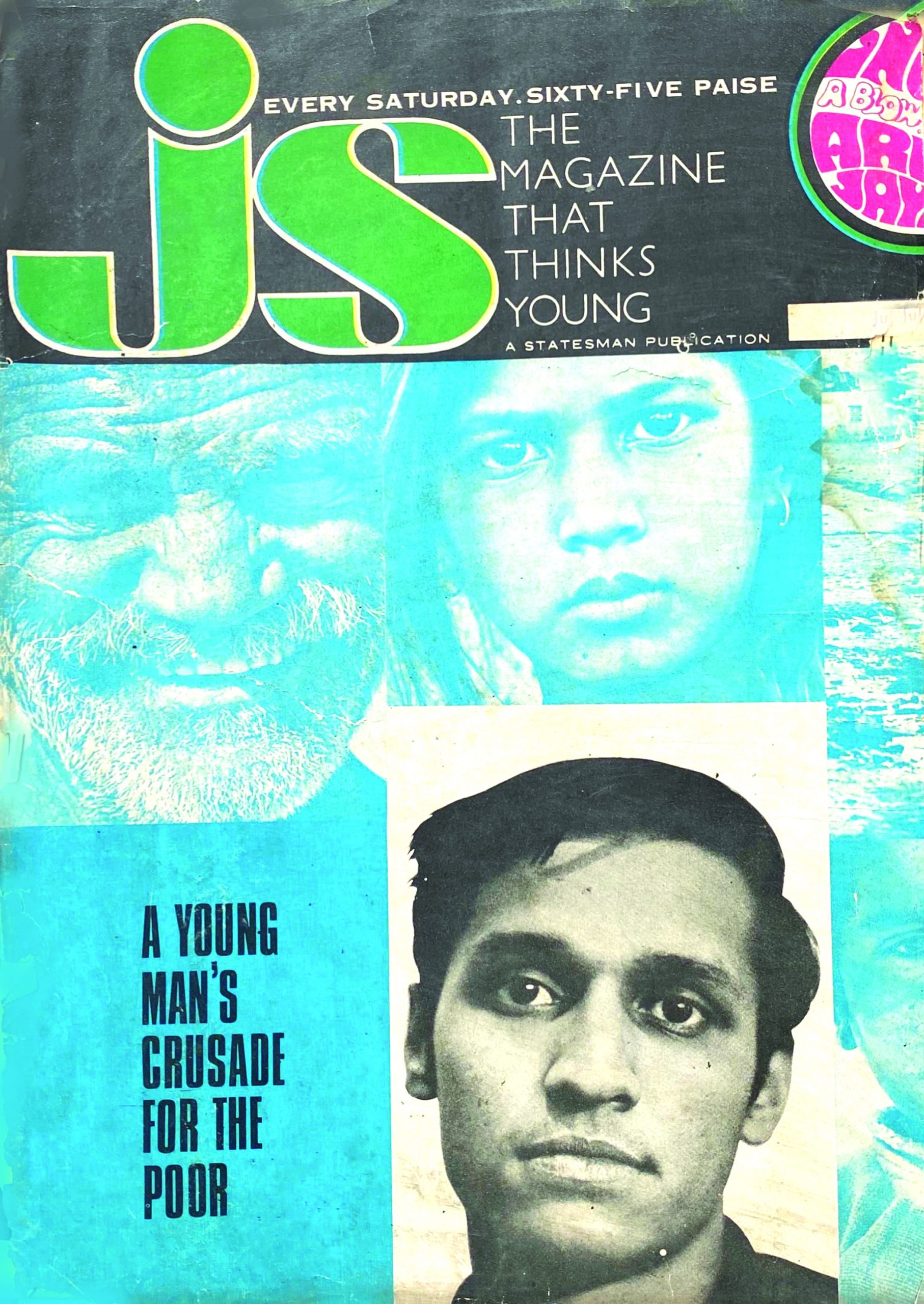Fifty years after its initiatives in rural education, healthcare, solar energy, water conservation, handicrafts, waste management and wasteland development have transformed the lives of millions in the neglected outbacks of hinterland India, the overwhelming majority of citizens are unaware of this unique institution, writes Dilip Thakore

Early this year as the country was recovering from the unwarrantedly prolonged 82 weeks lockdown of all education institutions from preschool to Ph D, the golden jubilee year of the pioneer but largely unsung, Barefoot College, Tilonia, Rajasthan (BC, estb.1972) passed almost unnoticed.
Apart from a few puppet shows and its annual Tilonia Bazaar staged in Jaipur and Delhi and celebrations in Tilonia (pop.4,000) and surrounding villages, the golden jubilee of arguably the most successful and high-potential initiative in rural education and development passed unheralded. Because of sustained establishment — including media — disconnect with rural India, the overwhelming majority of citizens are unaware of the existence of Barefoot College, let alone its pioneer initiatives in rural education, healthcare, solar energy, water conservation, handicrafts, waste management and wasteland development which have transformed the lives of millions in the neglected outbacks of hinterland India.
That half a century after Sanjit (‘Bunker’) Roy, an alum of the top-ranked The Doon School, Dehradun and St. Stephen’s College, Delhi forsook a promising career in the civil service in favour of drilling open wells for drinking water and irrigation in Tilonia, and 100 bone dry, water-stressed villages in the desert state of Rajasthan and registered the Social Work & Research Centre (SWRC) aka, Barefoot College, this institution — felicitated by the Dalai Lama, Prince Charles and Bill Clinton among other notables — is largely unknown back home, is a telling commentary on the indifference of the establishment to rural India which grudgingly hosts 60 percent of the country’s 1.30 billion citizens.
The genesis of rural India’s backwardness is the Left turn taken by Jawaharlal Nehru, India’s first prime minister, a natural sciences graduate of Cambridge University (UK), ignorant of elementary economics and the subcontinent’s long history of private enterprise. Born into the wealthy family of Motilal Nehru, perhaps the most successful lawyer in pre-independence India, Jawaharlal was schooled in the elite Harrow College and Cambridge, where under the influence of Britain’s trendy Bloomsbury Square socialists he naively became enamoured with communism and the Soviet-style centrally planned heavy industry development model. In essence this model, officially adopted by the Congress party under Nehru’s direction, necessitated siphoning rural and national savings for promotion and development of heavy industry — coal, steel, power, fertilizer etc — public sector enterprises (PSEs). Inevitably, the agriculture sector, which at the time supported 80 percent of the population, suffered severe infrastructure and logistics deficiencies and near-famine conditions. PSEs mismanaged by commerce-illiterate politicians and bureaucrats, aka the neta-babu brotherhood, conspicuously failed to generate promised surpluses (‘profit’ was — and remains — a dirty word in the leftist lexicon) for investment in rural infrastructure and development, especially primary education and healthcare.
The outcome of the disastrous Left turn imposed upon the newly independent nation by the Nehruvian Congress party — Mahatma Gandhi and Sardar Patel had strong reservations against Nehru’s juvenile fascination with the Soviet-style command-and-control economic development model — is division of post-independence India into urban India and rural Bharat. Seventy-five years after independence, it is very easy to distinguish citizens of these two goods and light industries model), agriculture and rural development was cruelly neglected (as it was in Stalinist Soviet Union), urban India is not totally indifferent to immiseration of rural Bharat. There were some individuals who stepped forward to aid and enable the people of other India.
Also Recommended: Barefoot College, Tilonia

Shortly after he graduated from St. Stephen’s with a Masters degree in English, Sanjit (Bunker) Roy, a three-times national squash racquets champion and son of an Indian Railways engineer and mother, a former trade commissioner to the Soviet Union, was all set for a career in the elite Indian Administrative Service (IAS). However, deeply moved by graphic news reports of hunger and starvation deaths in rural Bihar which experienced an unprecedented famine in 1966-67, the young postgrad volunteered to dig wells “as an ordinary labourer” in Rajasthan’s water-stressed Ajmer district.
This volunteer stint transformed into a five-year period. “My real education started when I witnessed water diviners, traditional bonesetters, midwives and carpenters at work in rural Rajasthan. They planted the seed of Barefoot College in my mind. At that time it wasn’t the teachings of Gandhi or Marx but exposure to ordinary people with traditional knowledge, grit, determination and amazing capability to survive with dignity and self-respect without any official support, who inspired promotion of the college. These ideas were reinforced with extensive study and teachings of Mahatma Gandhi who believed that prosperity of India’s 600,000 villages was the prerequisite of national development,” recalls Roy.
You cant read further without a subscription. If already a subscriber please Login or to subscribe click here



























